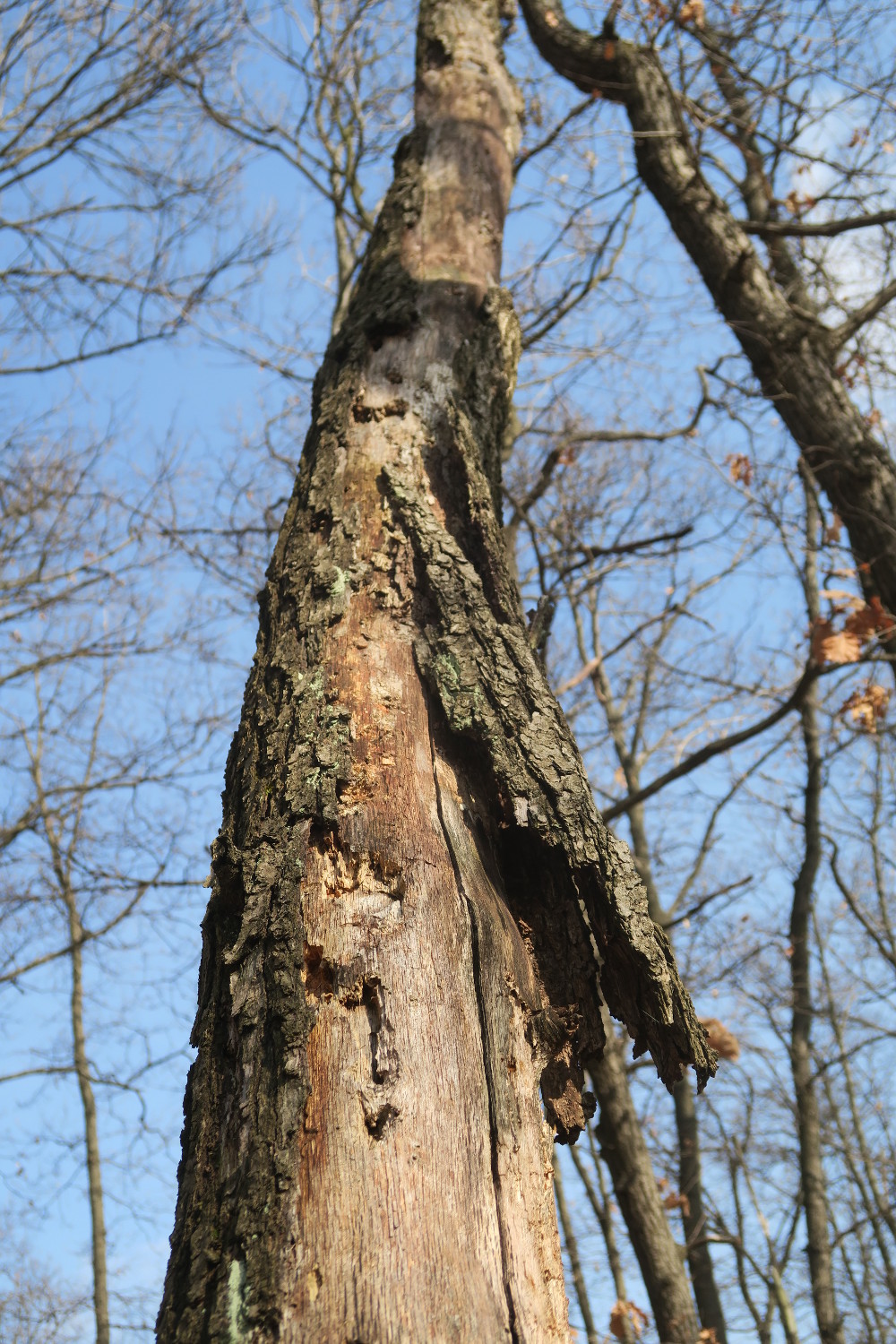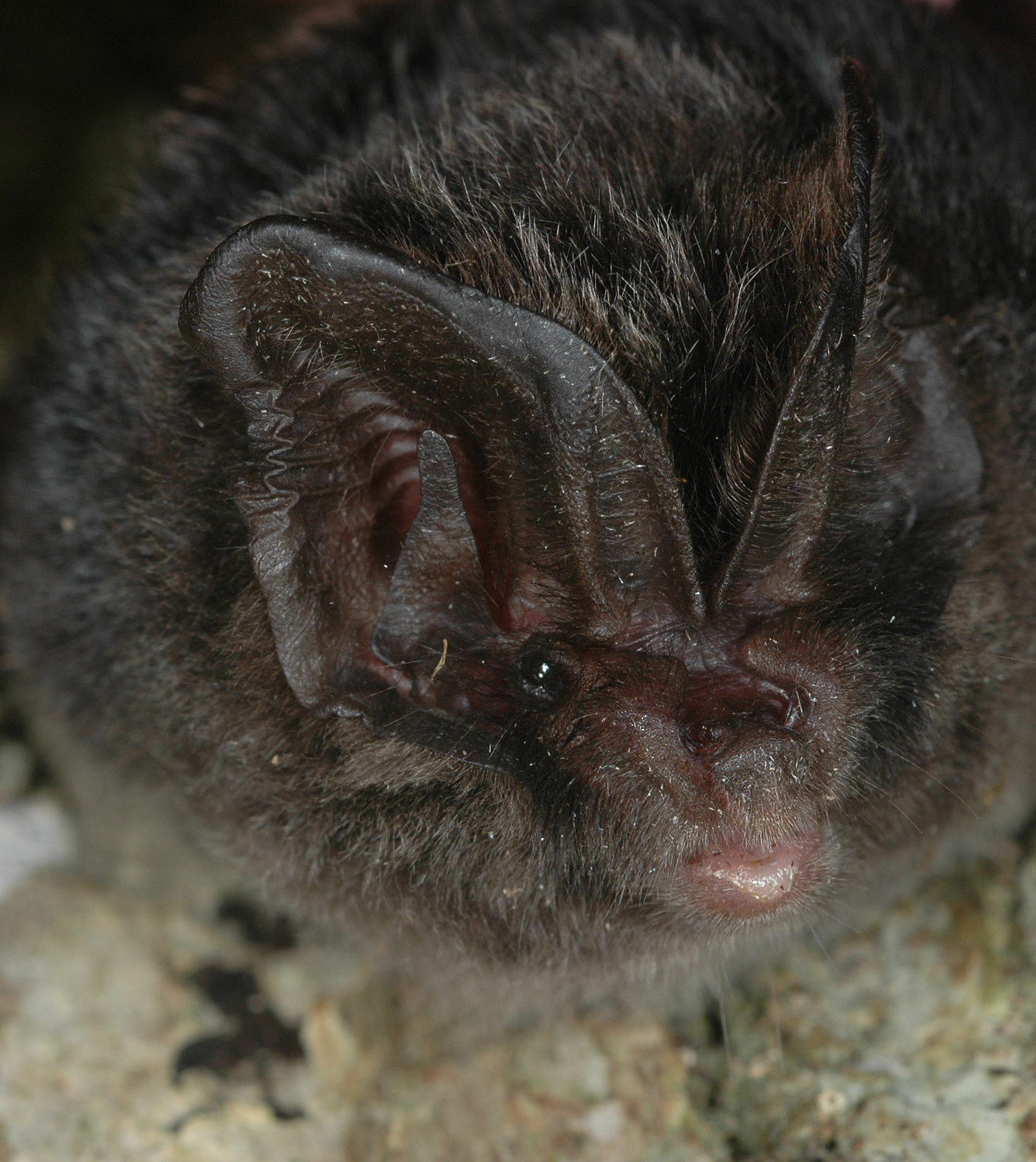Old, spreading trees play a special role in the life of the forest. Most of all, they might be compared to an apartment block, since a single tree provides home and shelter for many creatures. Beside the holes formed by natural rot and woodpecker-made cavities, many so-called microhabitats (smaller habitats that characteristically stand out from their surroundings) can be found on an old tree. A loose bark, a broken branch, a trunk cavity at the ground or a dendrotelm (cavity filled with water) are examples of microhabitats that can be commonly observed. The inhabitants are as diverse as the habitats they settle. But they have one thing in common: they are sentenced to death in the absence of hosting old trees. Let’s get to know these lurking lodgers!
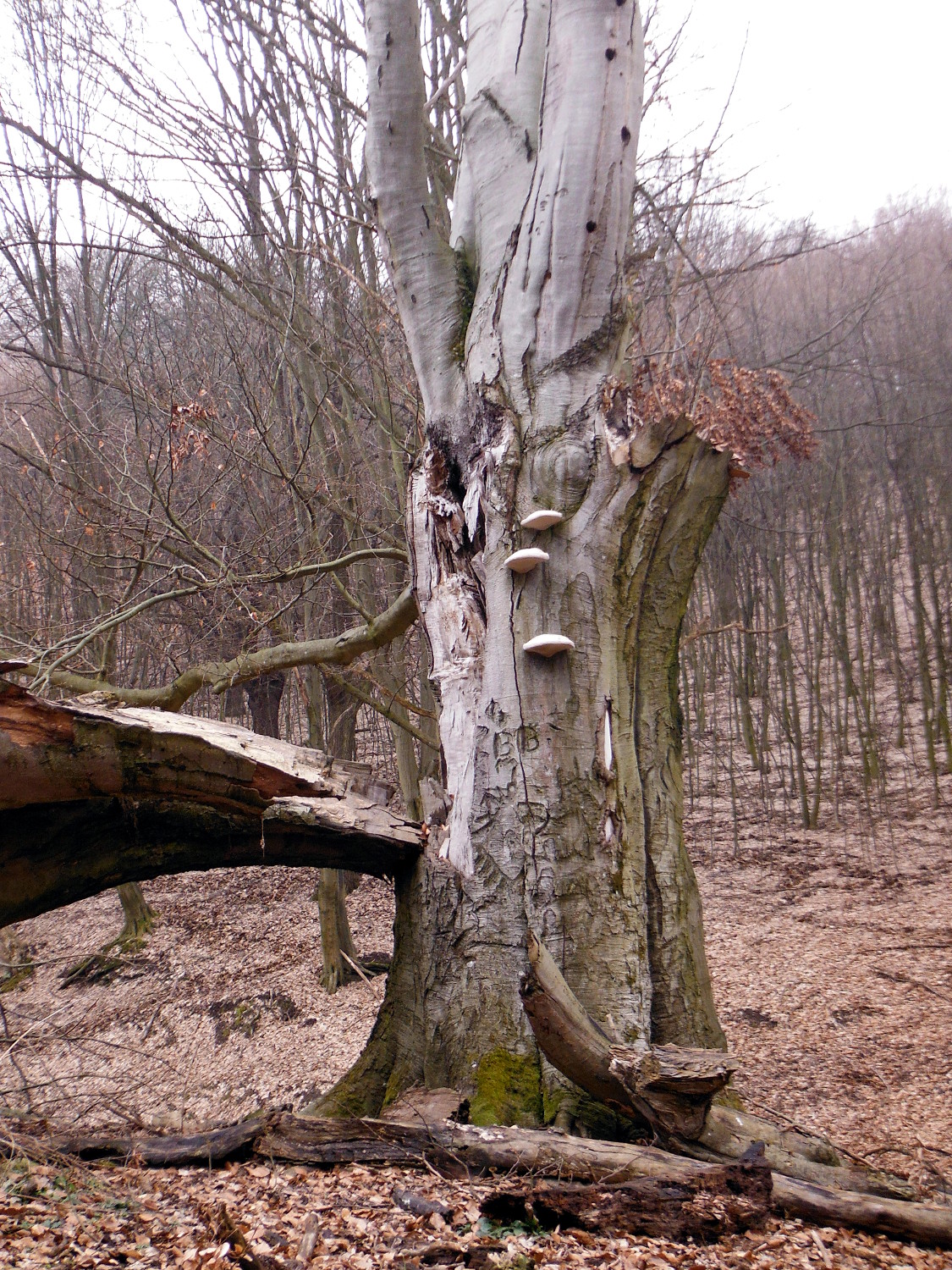
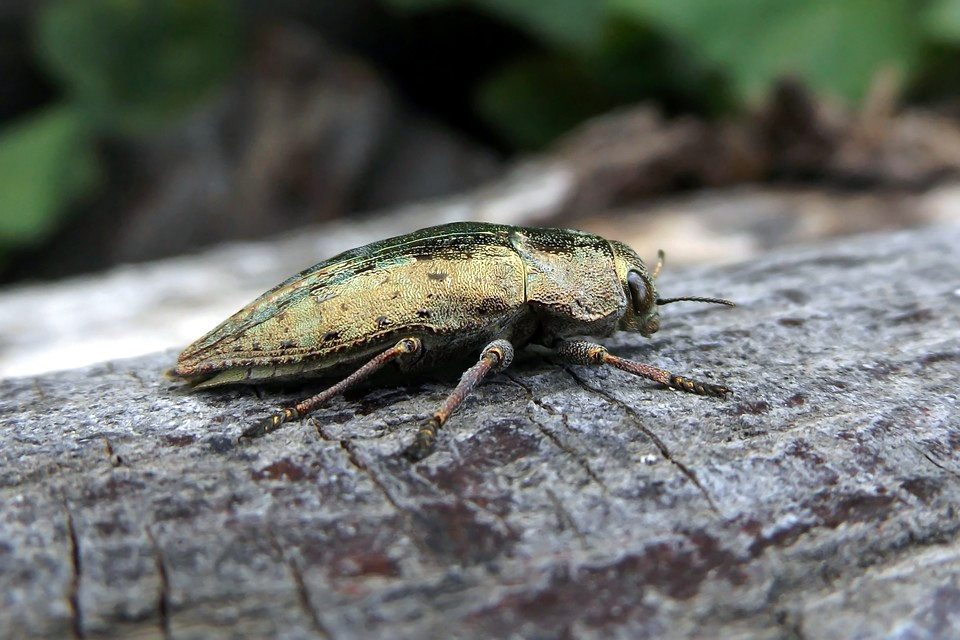
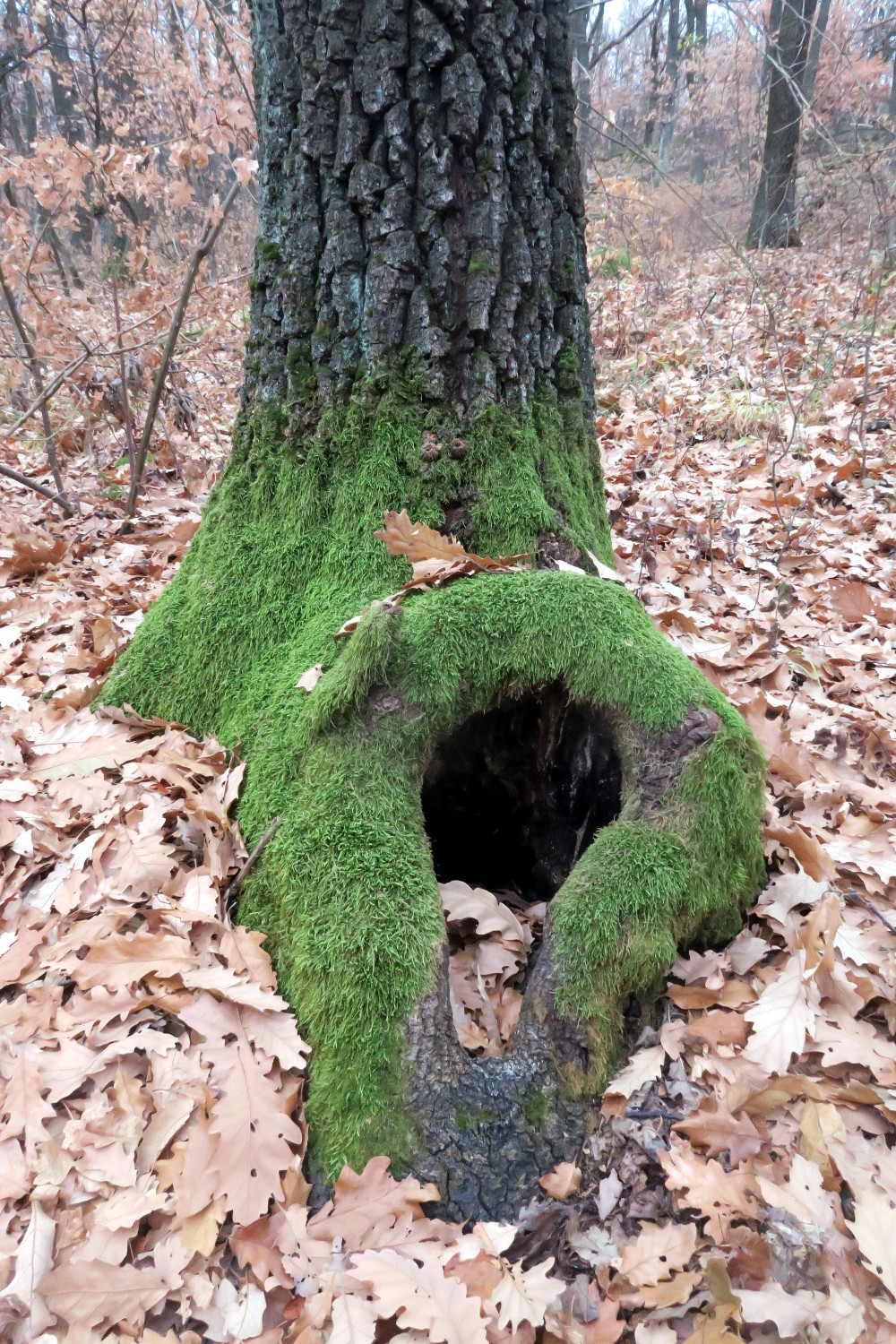
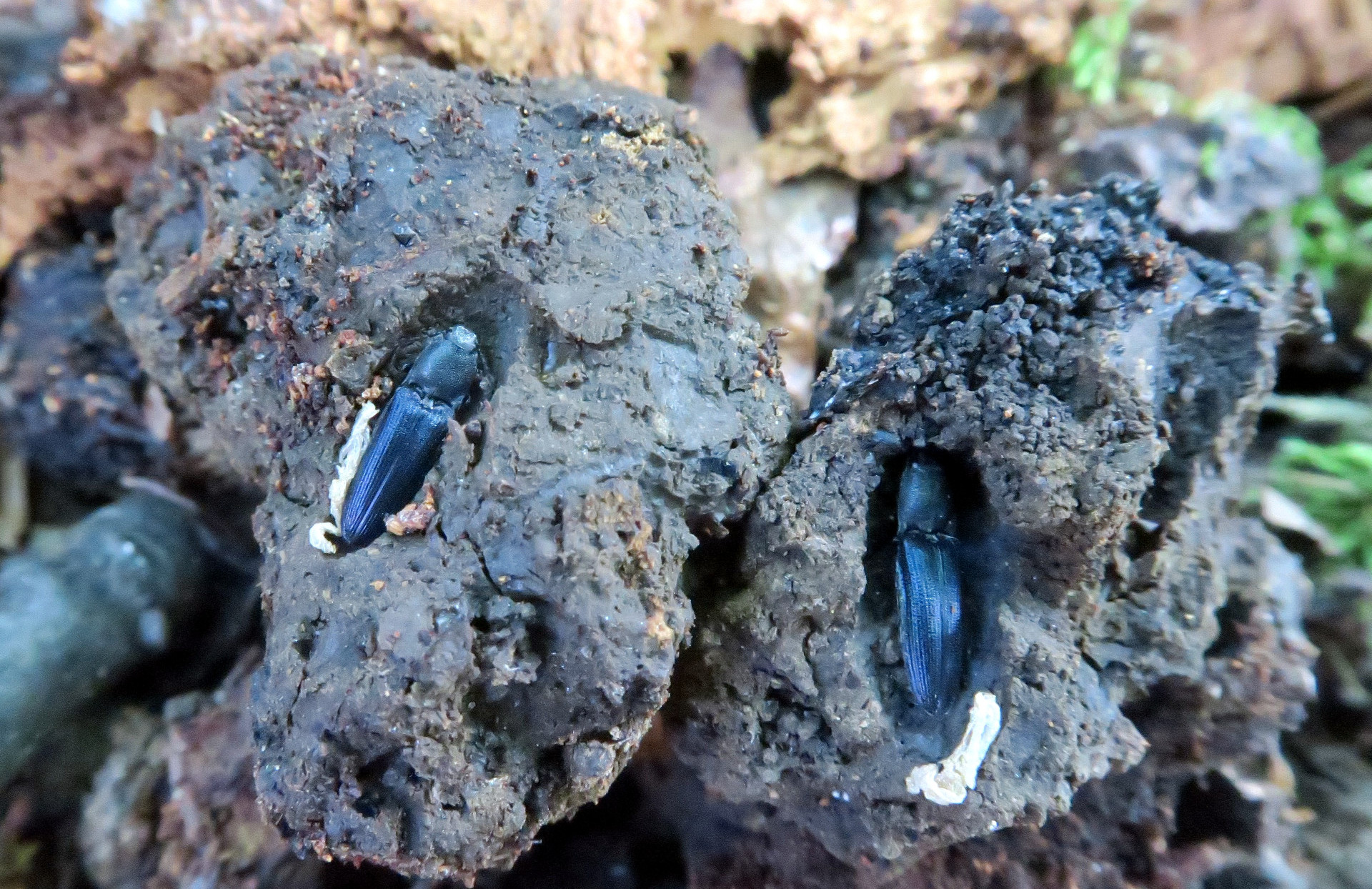
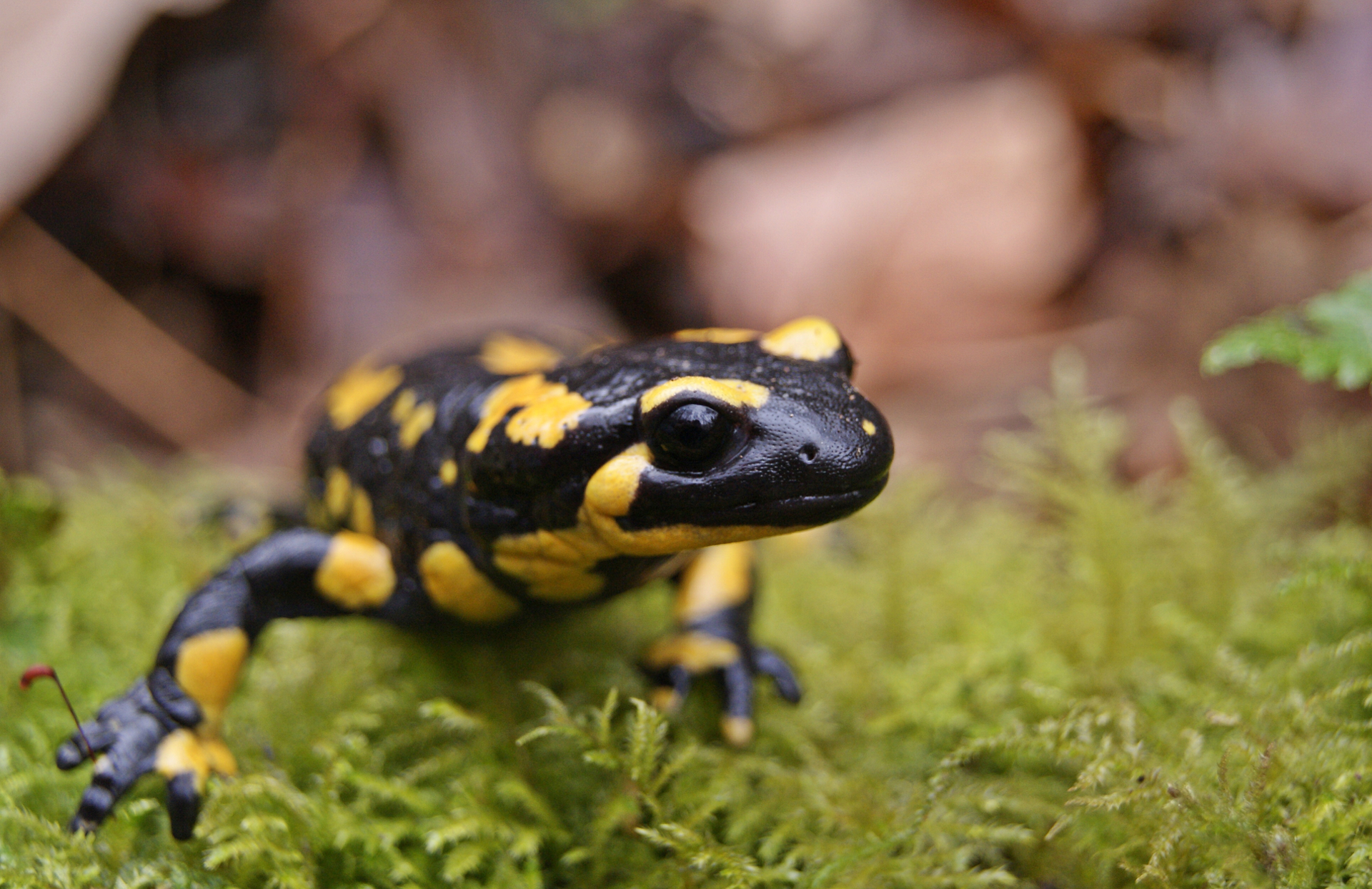
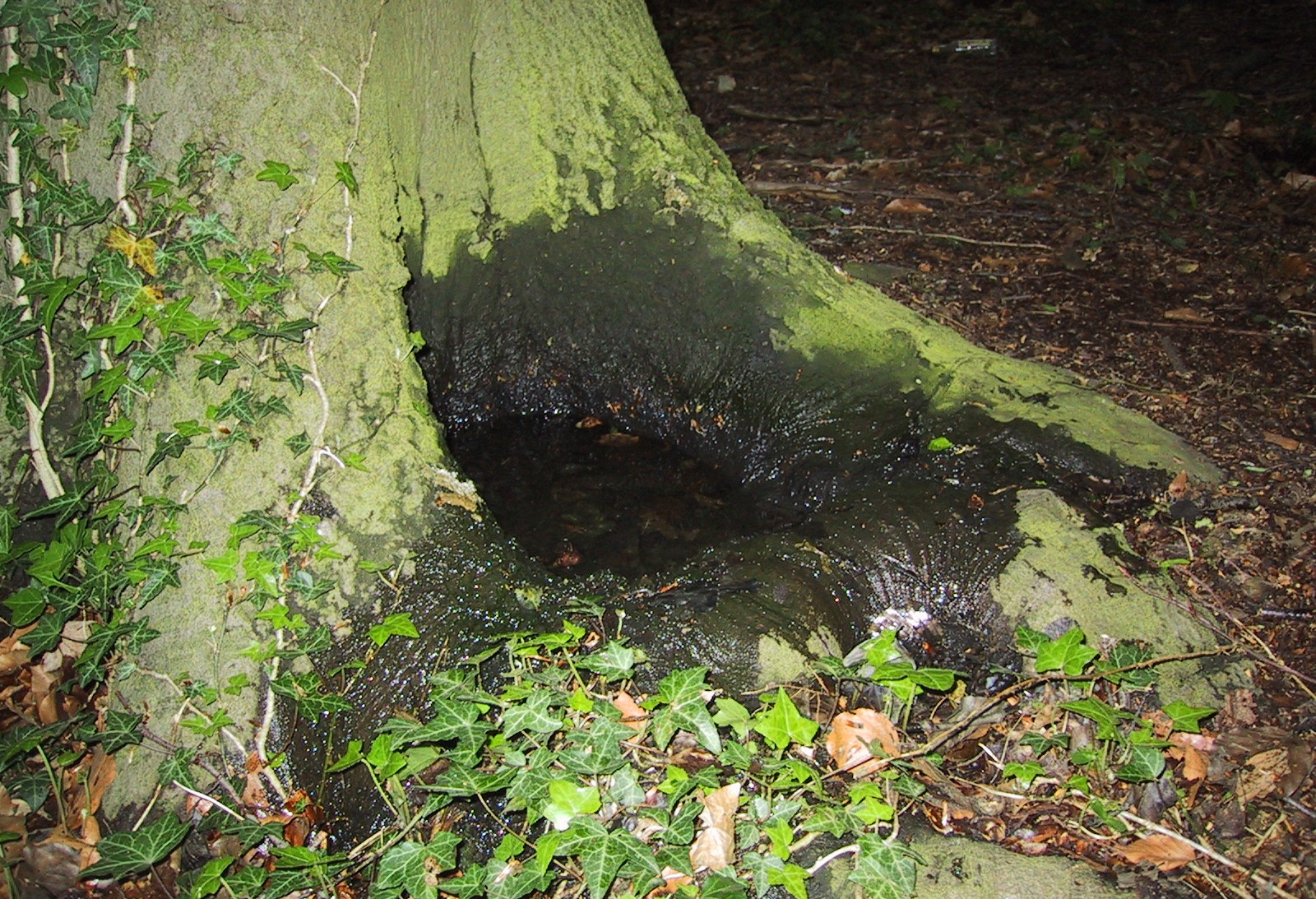
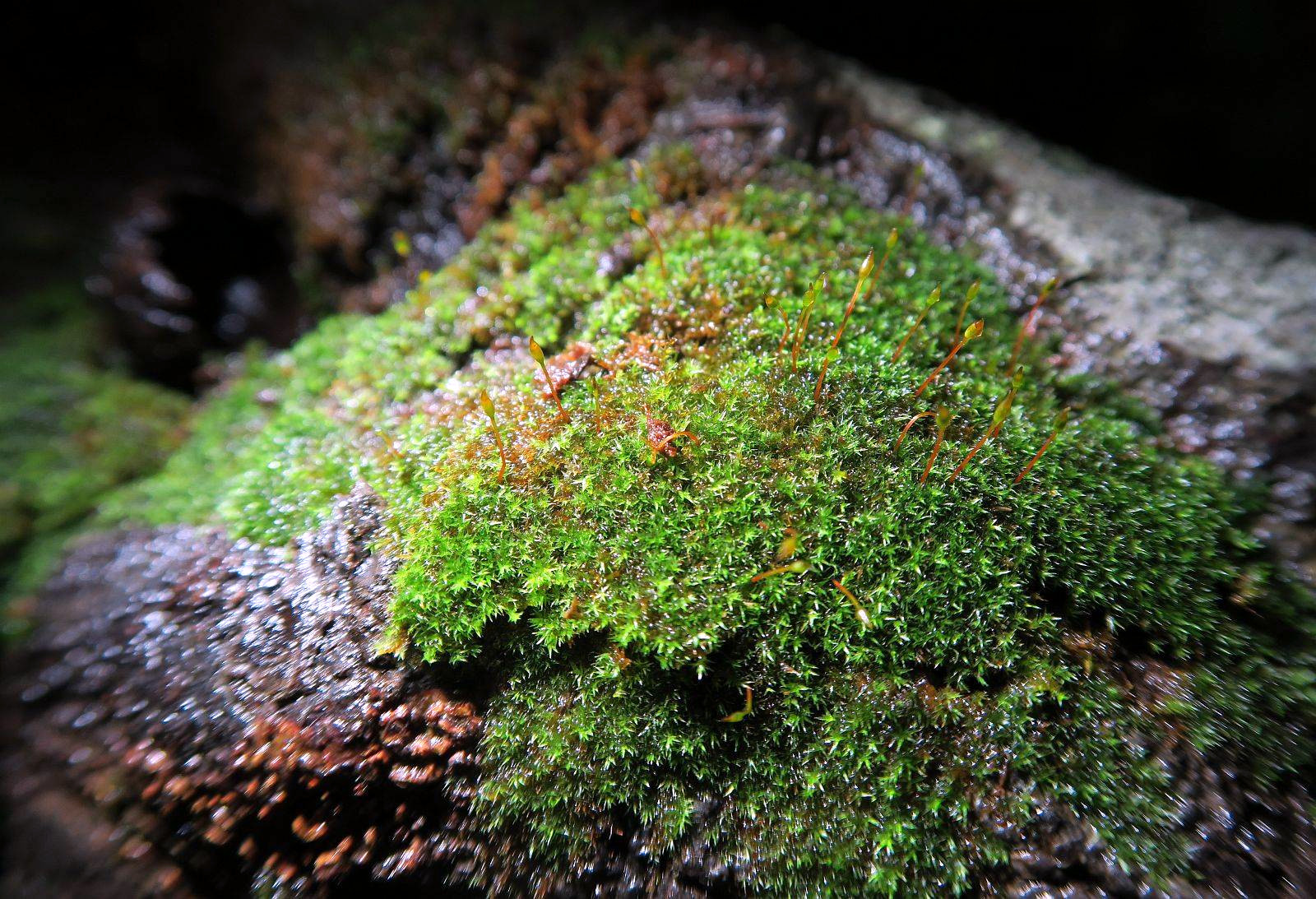
Did you know?
The barbastelle bat is a rare and strictly protected inhabitant of Hungarian semi-natural forests. Due to its special habitat needs, this species is endangered throughout Europe. An adequate number of large, dying and dead trees in the forest is necessary, since it roosts mainly under stripping bark. It is a medium-sized (4–6 cm large) bat with a characteristic pug-shaped nose.
